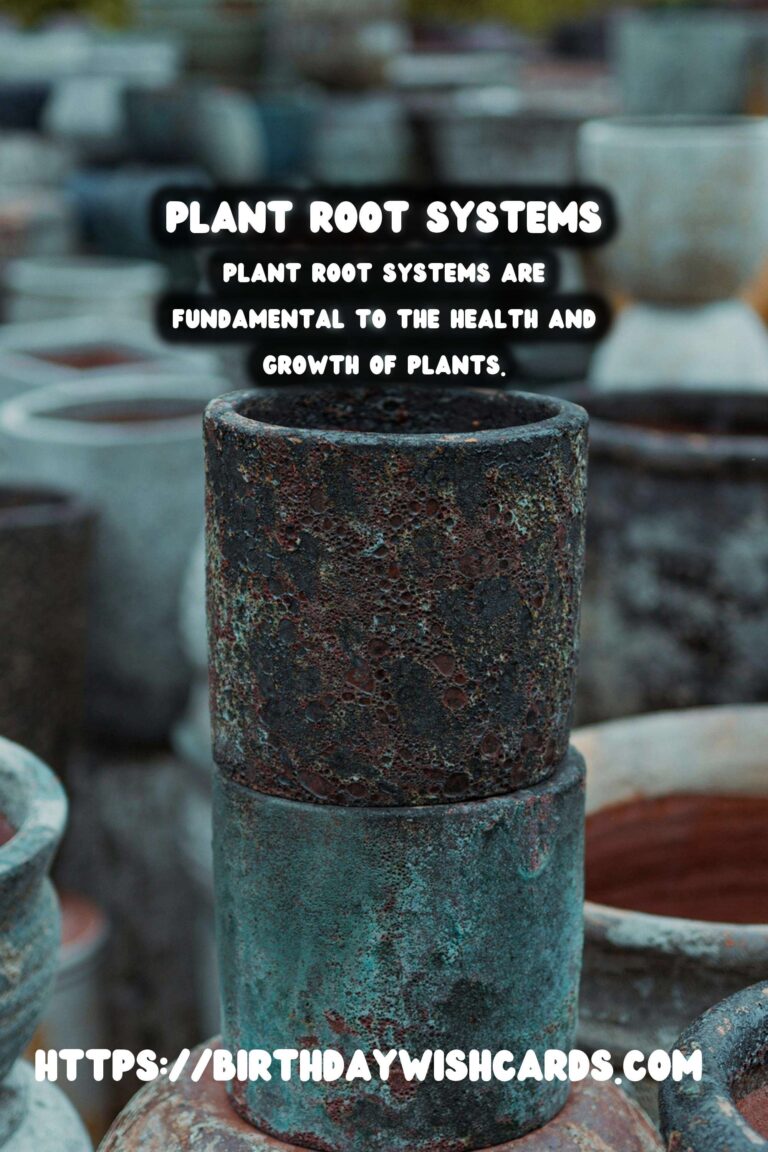
Plant root systems are fundamental to the health and growth of plants. These intricate networks not only anchor plants to the ground but also play a critical role in water and nutrient absorption. For gardeners and botanists alike, understanding the complexity of root systems is essential to fostering healthy plant growth.
The Basics of Plant Root Systems
Roots are the unsung heroes of the plant world. While they are often unseen, they perform a plethora of vital functions. There are two primary types of root systems: taproot and fibrous. Each has distinct characteristics and advantages, depending on the plant species and environmental conditions.
Taproot Systems
A taproot system features a single, large, dominant root from which smaller, lateral roots emerge. This type of root system is commonly found in dicotyledons such as carrots, dandelions, and oak trees. The primary taproot grows vertically downwards, allowing plants to access deeper water tables and nutrients, especially in arid environments.
Fibrous Root Systems
In contrast, fibrous root systems consist of many small roots of similar size that spread out in the soil. This type of root system is typical of monocotyledons like grasses and wheat. Fibrous roots form a dense network that enhances soil stability and prevents erosion. They are efficient at absorbing nutrients from the upper layers of soil, making them ideal for plants in nutrient-rich environments.
Root Functions and Plant Health
Roots serve several critical functions beyond anchoring plants. They store nutrients and carbohydrates, which are crucial for plant survival during unfavorable conditions. Furthermore, roots are involved in symbiotic relationships with soil organisms such as mycorrhizal fungi, which aid in nutrient absorption and enhance plant health.
Environmental Factors Affecting Root Growth
Several environmental factors influence root growth, including soil type, water availability, and temperature. Soil texture and composition affect the ease with which roots can penetrate and expand. Well-aerated, loamy soils promote healthy root growth, while compacted soils can impede development.
Promoting Healthy Root Systems
To promote robust root systems, it’s essential to provide adequate water and nutrients, maintain proper soil pH, and ensure good soil aeration. Mulching, regular watering, and organic amendments like compost can significantly enhance root health. Avoid excessive fertilization, which can damage sensitive root tissues.
Common Root Problems and Solutions
Root rot, caused by overwatering or poor drainage, is a common issue that can devastate plants. Ensuring proper drainage and using well-draining soil mixes are effective prevention strategies. Pests such as root-knot nematodes can also attack roots, compromising plant health. Employing crop rotation and introducing beneficial organisms can help manage these pests.
The Role of Roots in Plant Propagation
Roots are also crucial in plant propagation techniques such as cuttings and grafting. Understanding how roots develop and function allows horticulturists to employ these methods effectively, ensuring the successful growth of new plants.
Conclusion
The significance of plant root systems cannot be overstated. By understanding their structure and function, gardeners and plant enthusiasts can create optimal growing conditions that promote health and vitality in plants. Whether you are cultivating a small herb garden or managing a large agricultural operation, prioritizing root health is key to successful plant growth.
Plant root systems are fundamental to the health and growth of plants. There are two primary types of root systems: taproot and fibrous. Roots store nutrients and carbohydrates, crucial for plant survival during unfavorable conditions. Several environmental factors influence root growth, including soil type, water availability, and temperature. To promote robust root systems, it’s essential to provide adequate water and nutrients. 
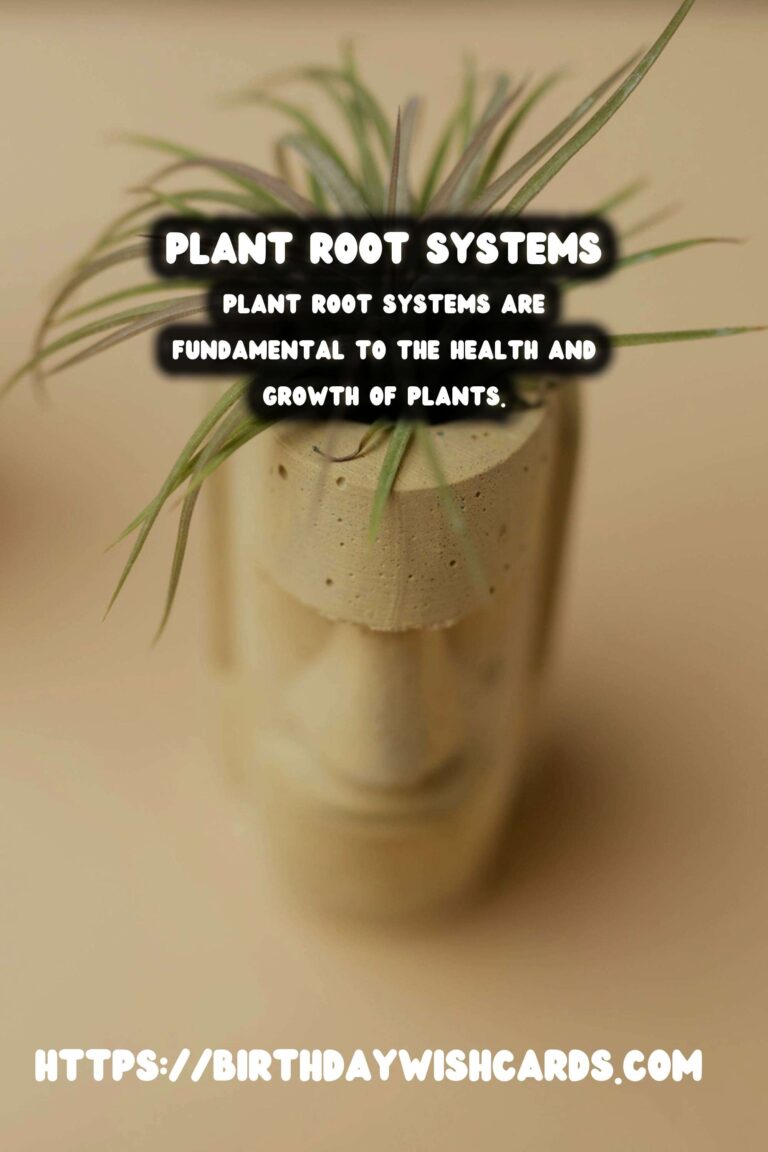
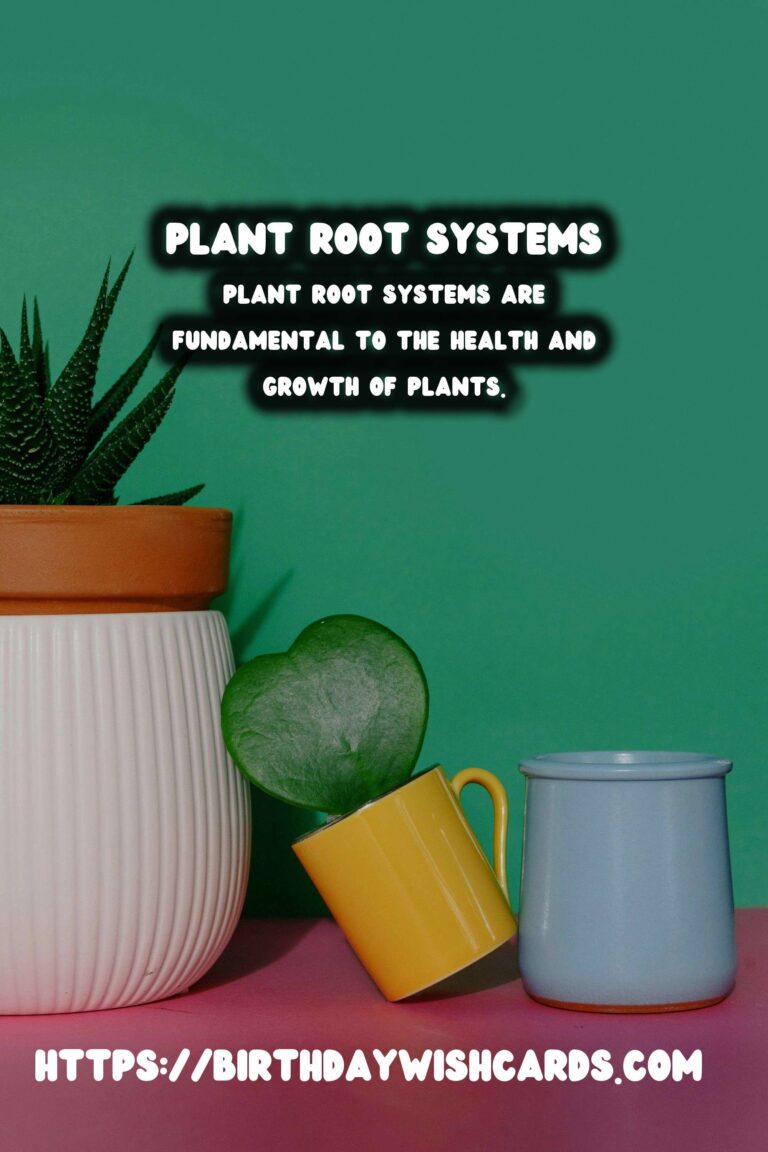
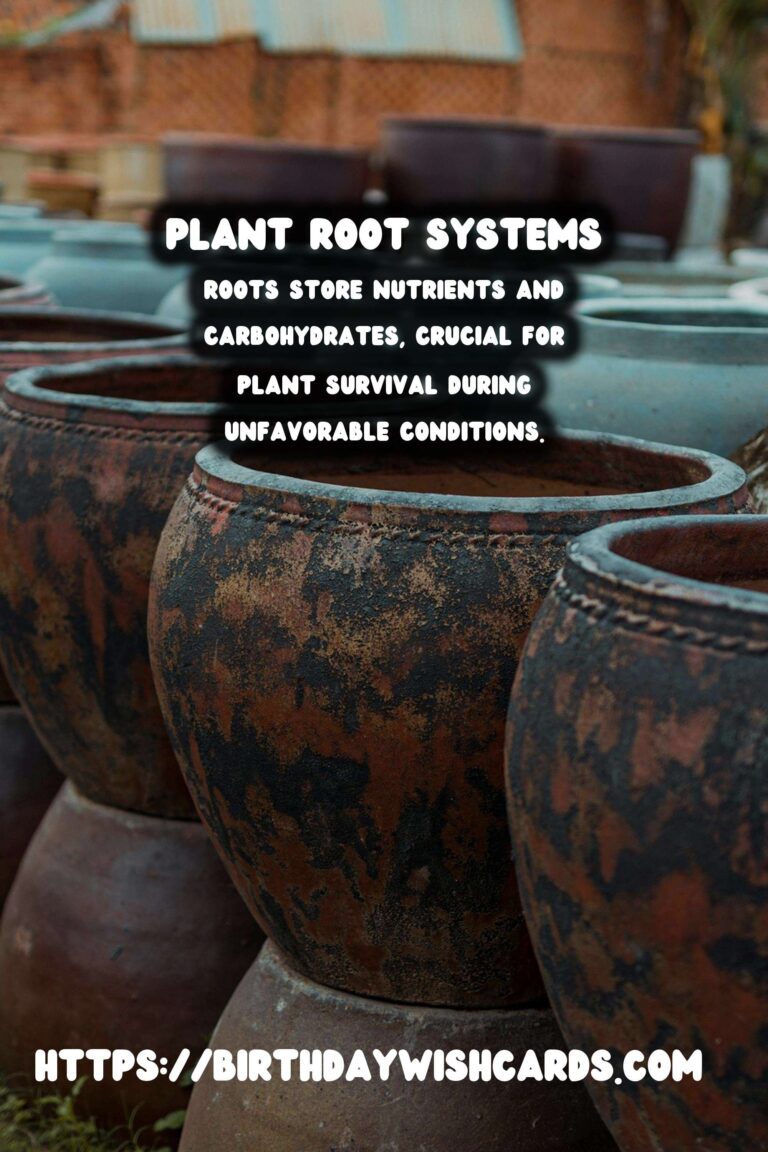
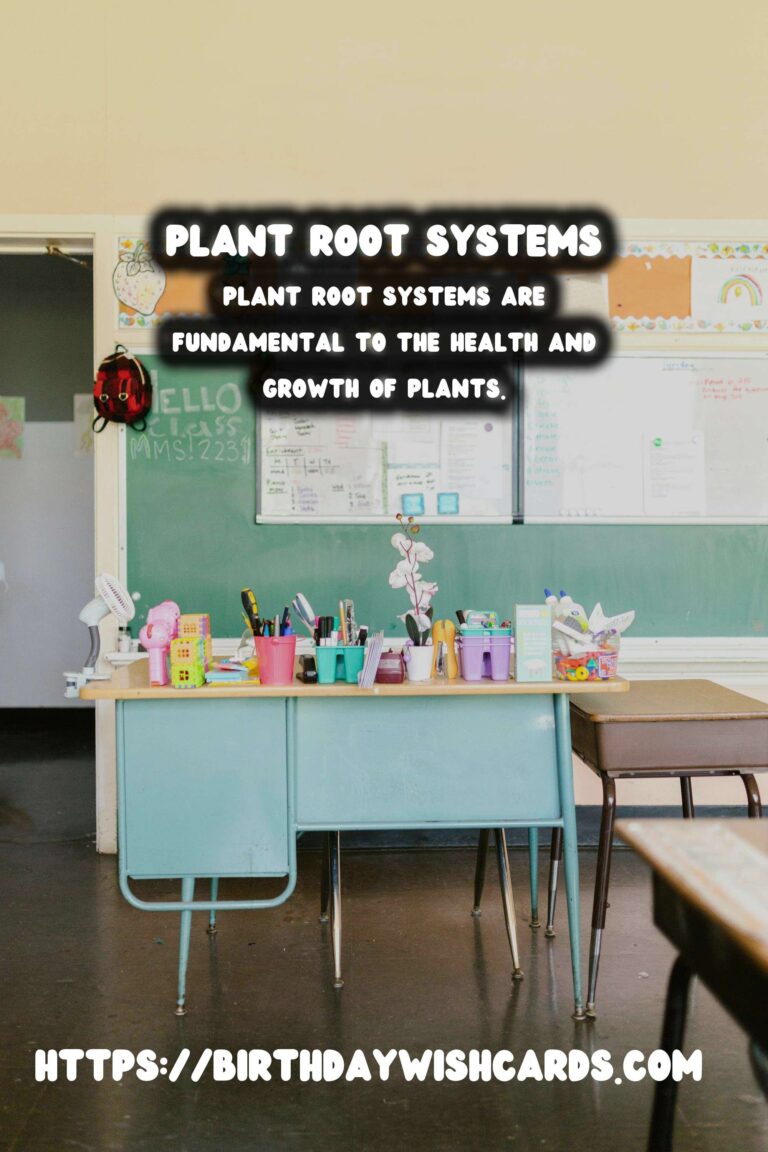
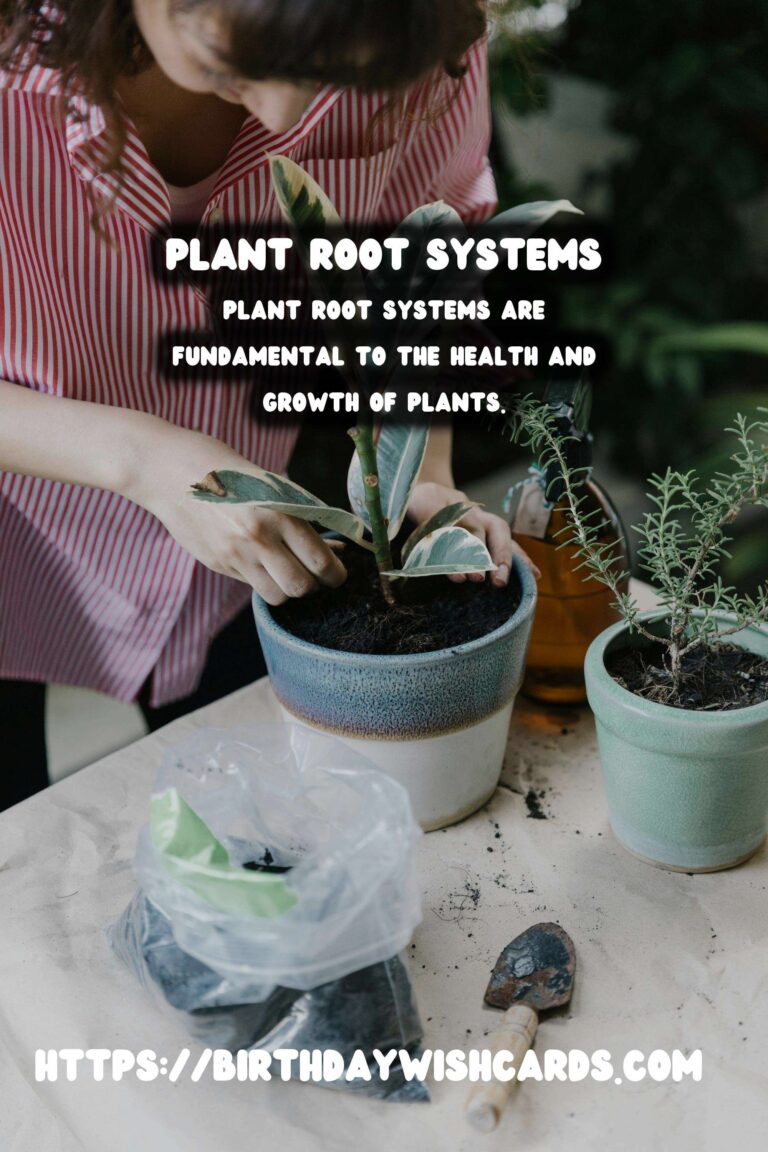
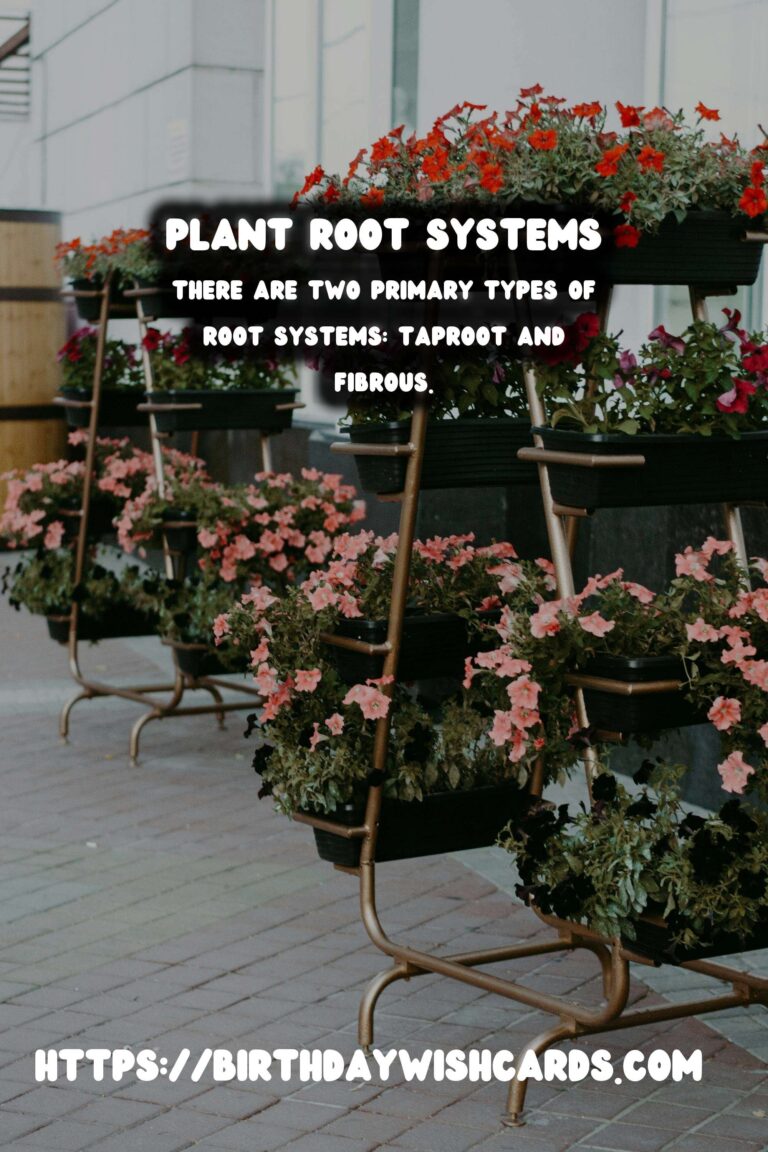
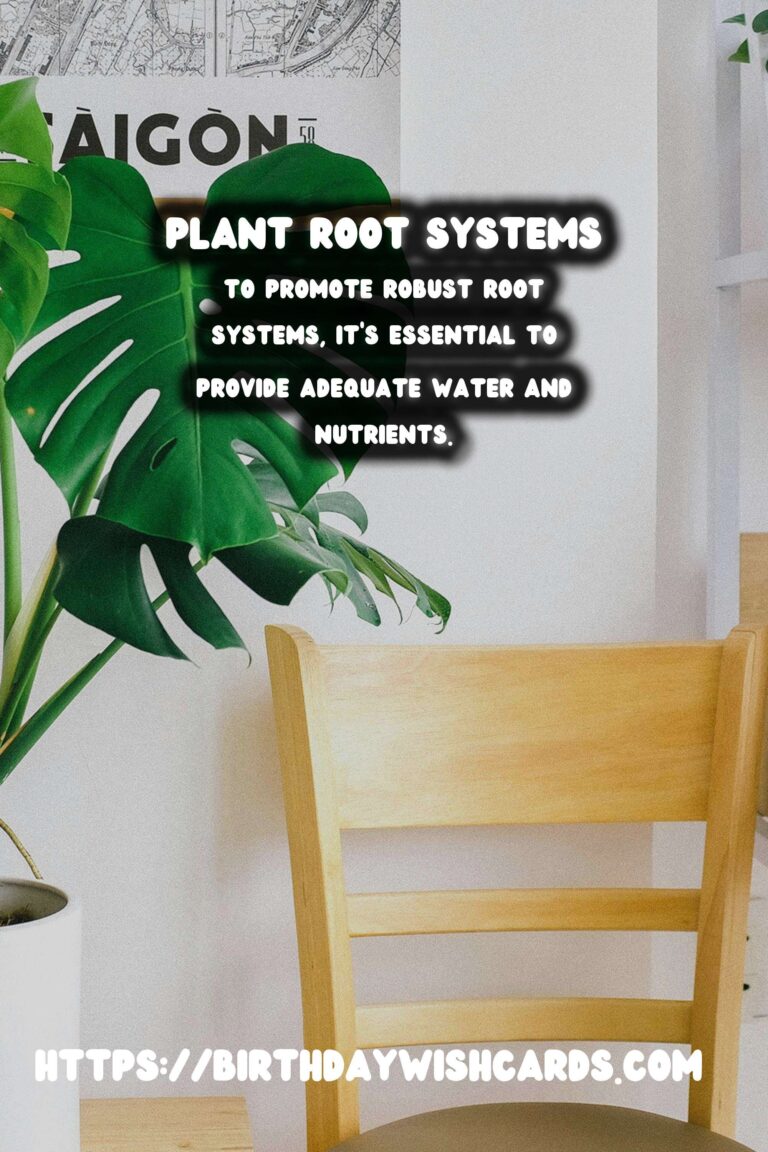
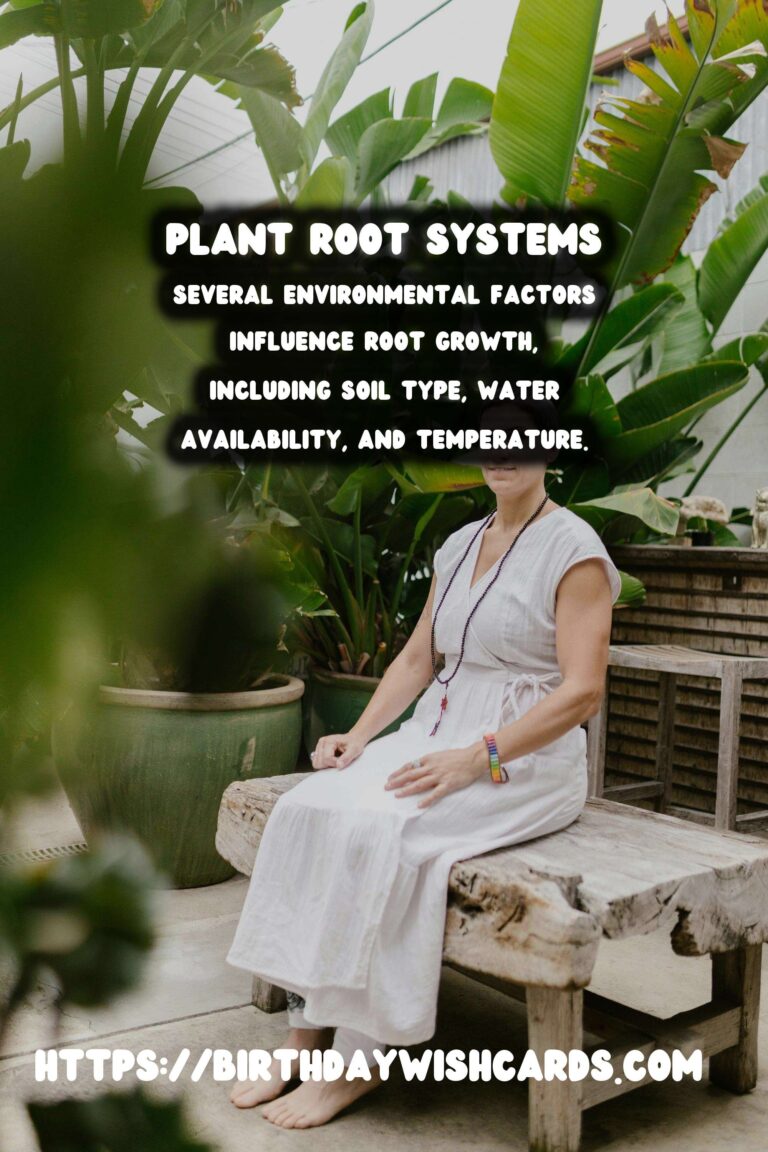
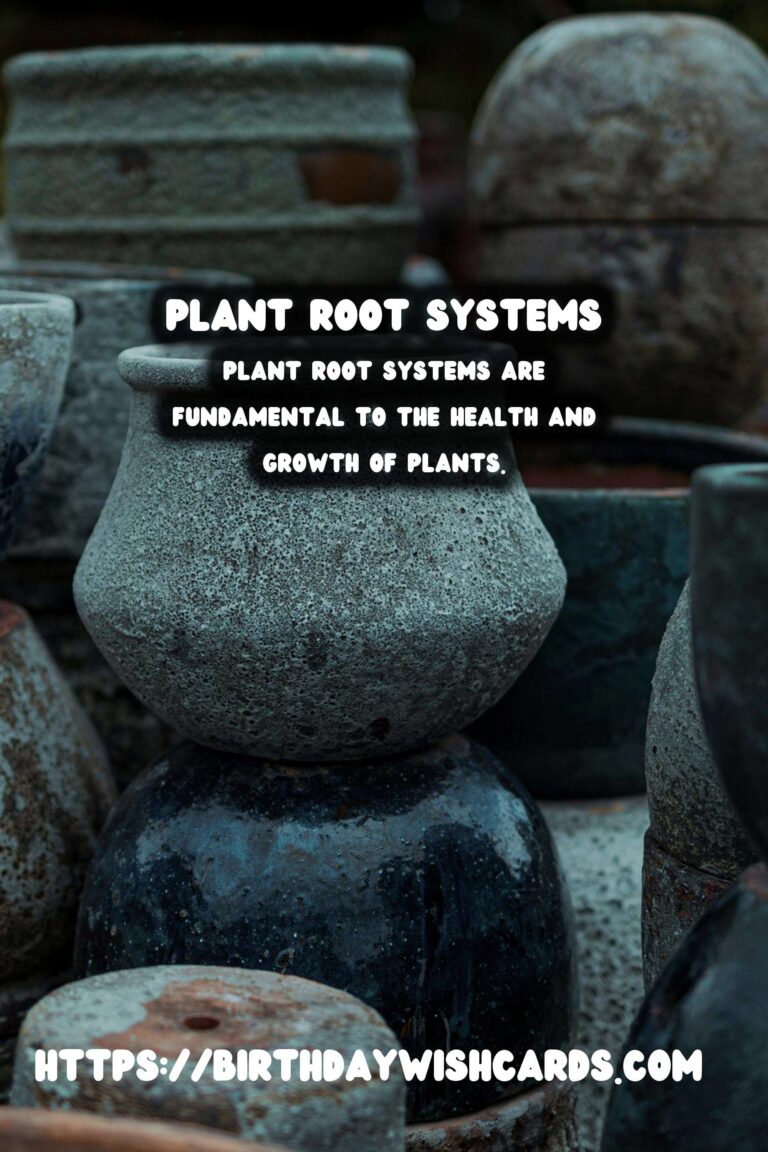
#PlantRoots #GardeningTips #Botany #PlantHealth #RootSystems




